Brahmi: Rediscovering the Lost Script (ISBN: 978-8193208519); Co-Authored with Ms. Ankita Roy
Published in 2016; (Catalogued at The British Library, Bodleian Library, University of Oxford, and SOAS)
140 Pages; 250+ Photographs; Hardbound
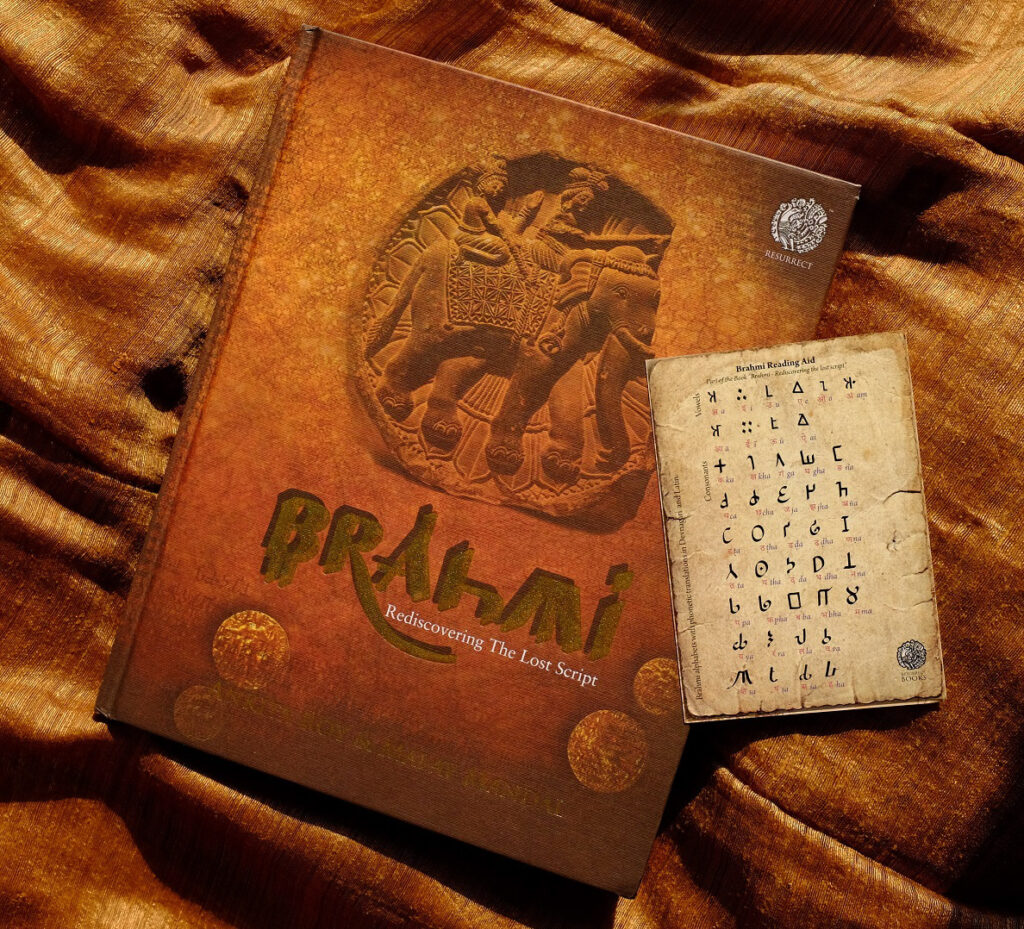
Inception | This started as a Major Project at IIT Bombay way back in 2010 when Ms. Roy intrigued by India’s antique script, decided to research on the elementary Indic script from the perspective of a typographer. Making use of her visual communication skills, she devised a graphic book dealing with the diverse subjects of History, Epigraphy and Archeology. The work was highly appreciated but was lost in the archives. In 2016, it was decided to expand the project and turn it into a book that would open the many mysteries of Brahmi Script. My interest in ancient scripts and archeology almost instantaneously attracted me to the project.
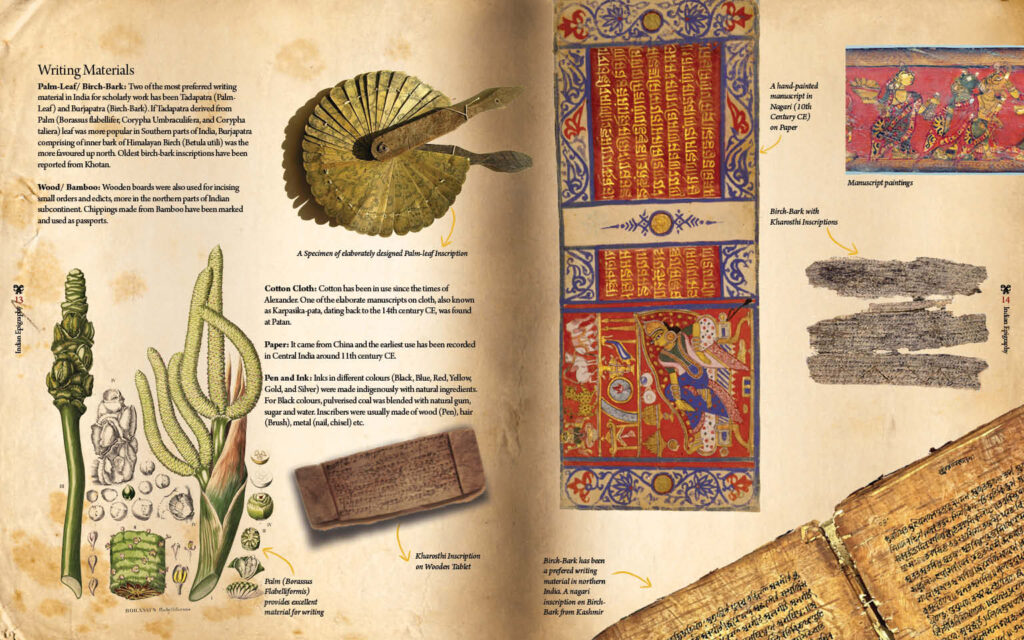
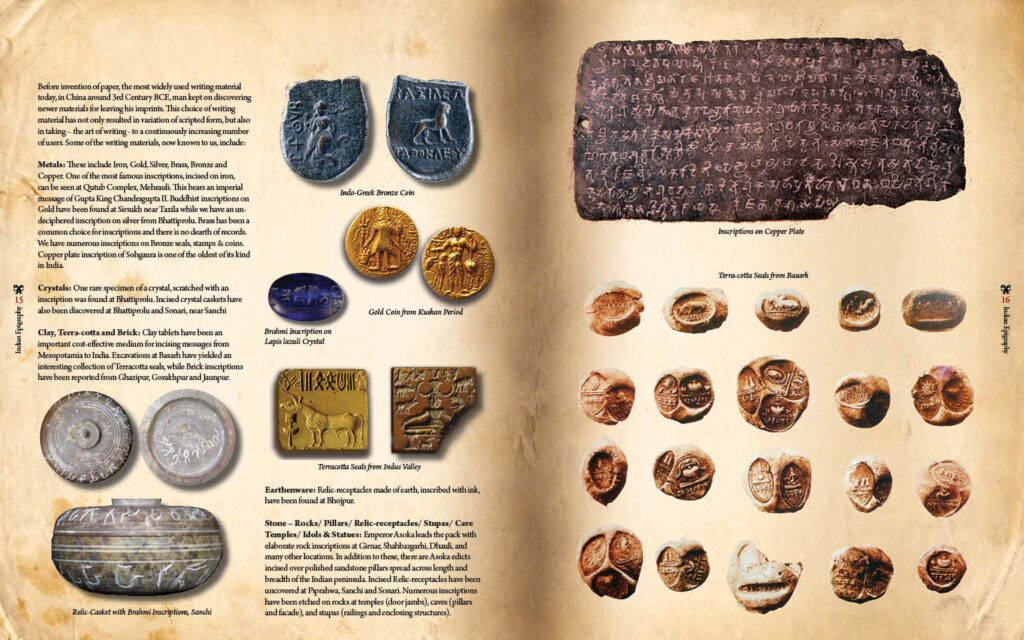
Roles & Responsibilities | I mainly researched on the areas of history and archeology; photography at select sites such as Sanchi, Udayagiri, Firoz Shah Kotla etc.; and some writing.
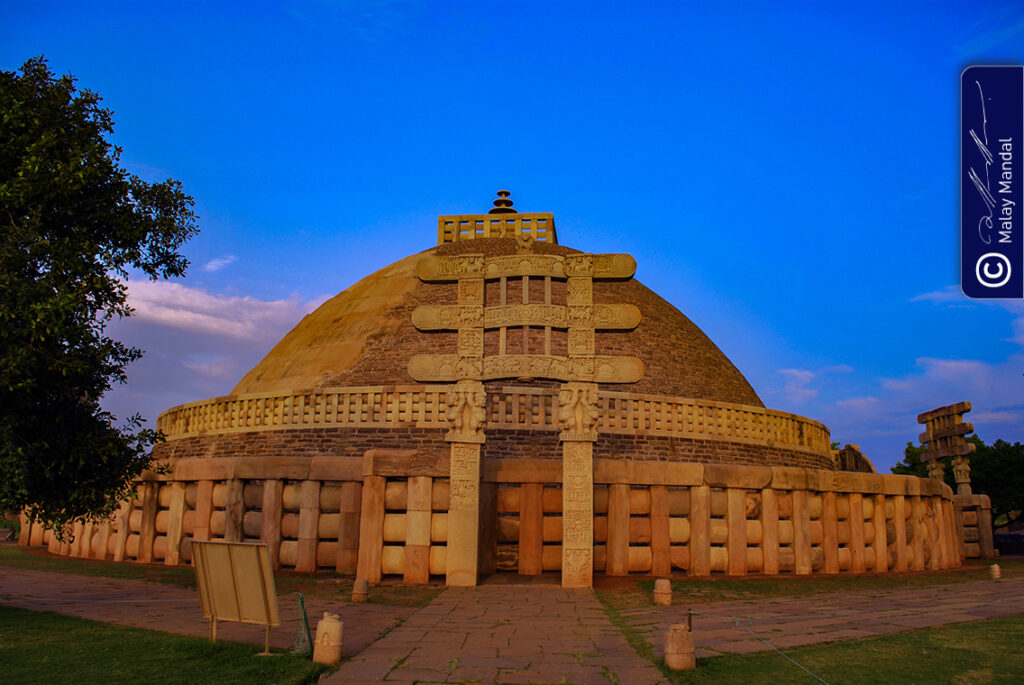
Objectives | The principal objective was to sensitize common people about the Brahmi script. What is Brahmi? What are its unique typographic features? Why it is considered superior than its other contemporaries? How it became the root for a host of other Indic scripts? In nutshell, the book aimed to depict the full story; from discovery to decipherment, from early compilations to comparative analyses, and its transformation into other Indic scripts.
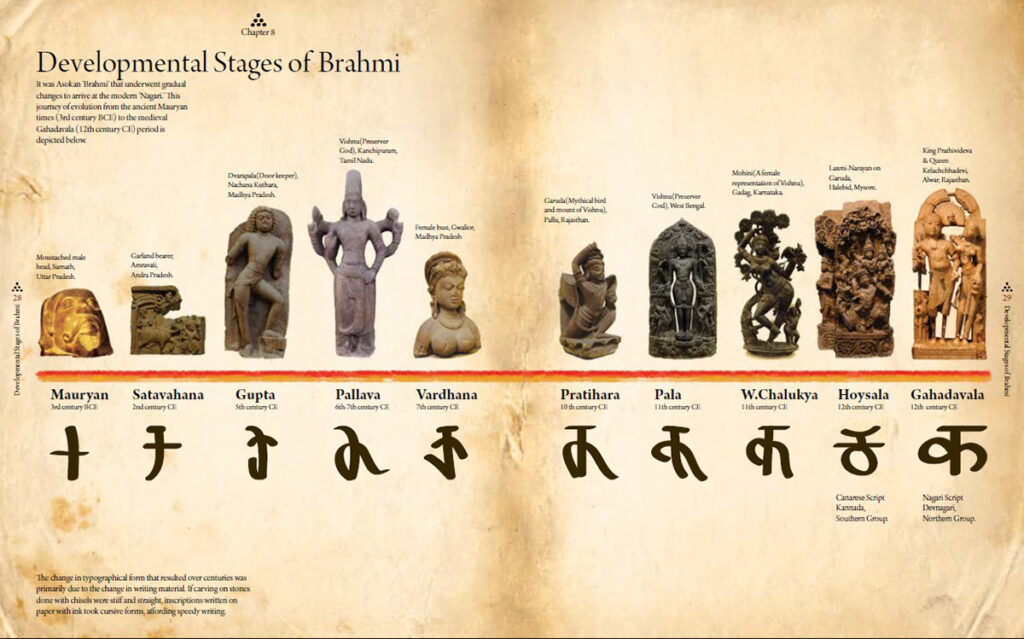
Coverage | The book starts with a brief history of Writing followed by evolution of writing tools and techniques in the Indian Subcontinent. Analysis of Brahmi symbols and their scientific phonetic order comes next. A compilation of opinions and observations by oriental scholars is followed by the engrossing story of its decipherment. Rediscovery of Brahmi script and Mauryan Emperor Asoka are inseparable; it is because of Brahmi rock edicts, we came to know about Asoka, and it was Asoka’s zeal for communication that had left us with so many Brahmi inscriptions. For the same reasons, a thorough analysis of all Asokan edicts, both major and minor, have been taken up.
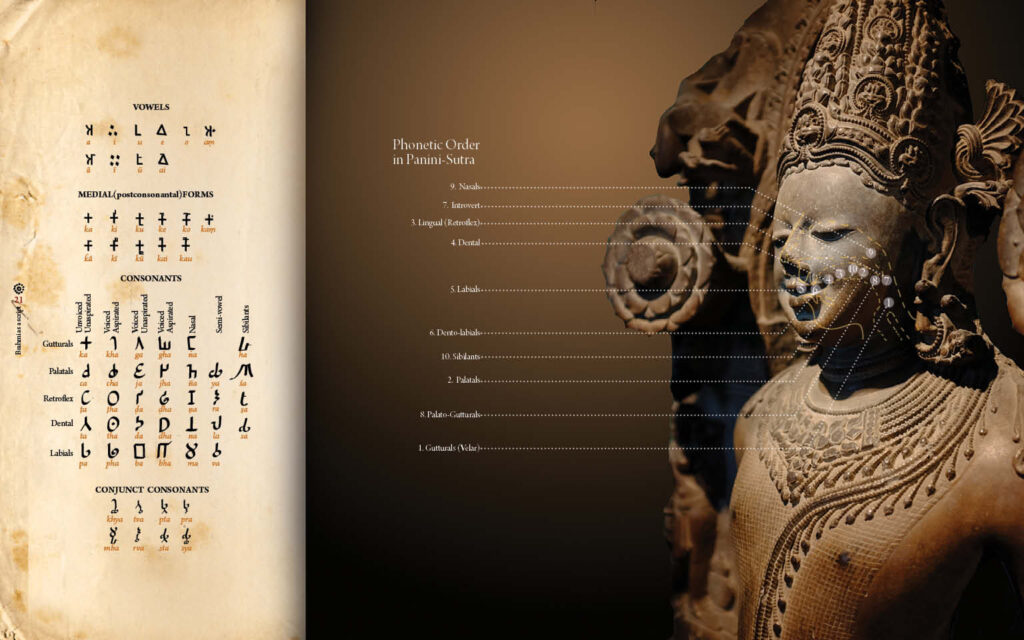
Response | “This graphic book has attempted to bring forth the many mysteries of the origin of our ancient script – Brahmi – in a very photographic manner. Studded with chronologies, timelines, rare site images and numerous inscriptions, the book endeavors to bring forth a very complex subject effortlessly. … I strongly recommend this book to everyone who wants to know about the origin of writing in India and the Brahmi script; its evolution and importance as the mother of all modern Indian scripts.”

Want to know more, Download Sample
Get your own copy at Amazon.